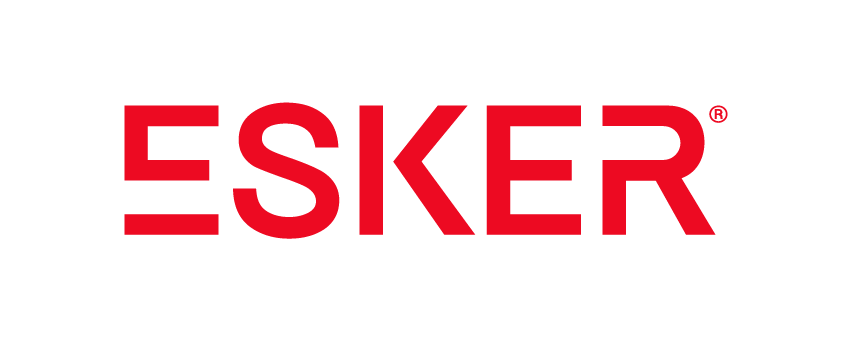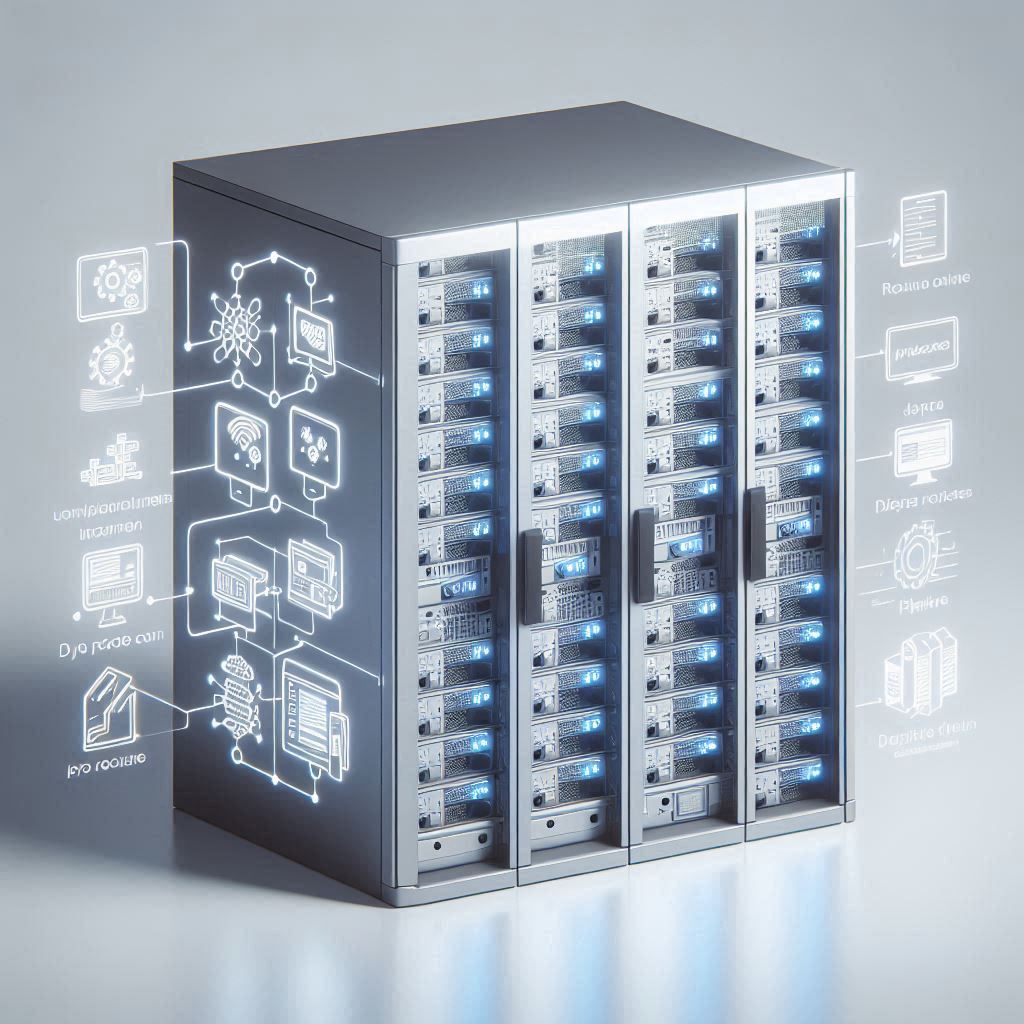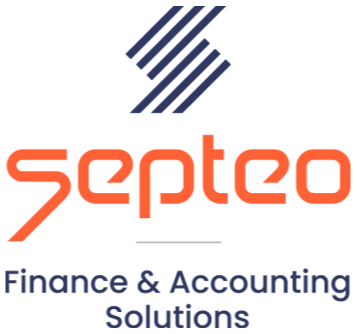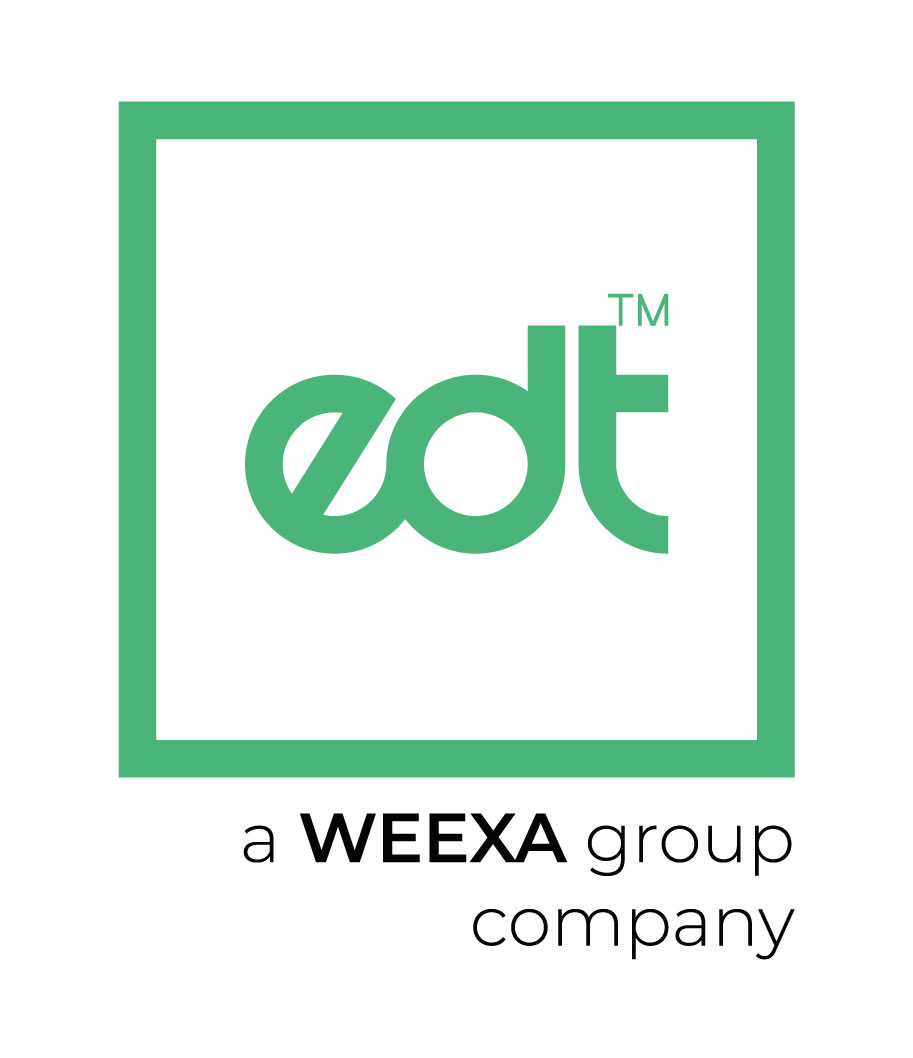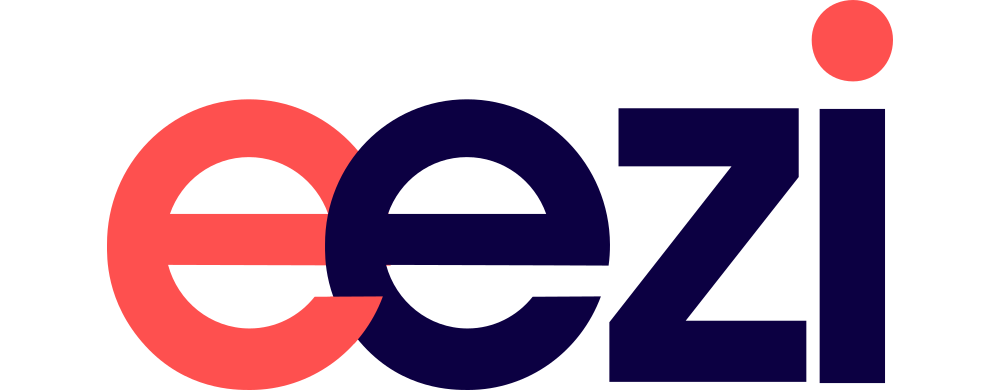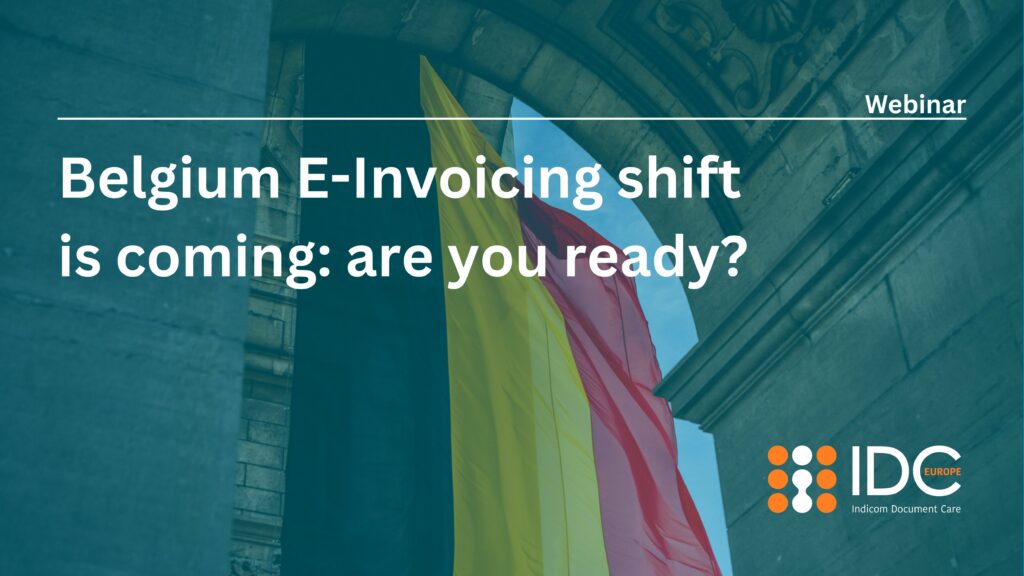What is E-Invoicing?
Last update: 2024, September 11
Summary
E-invoicing has become a crucial component of modern business operations, transitioning the generation, delivery and processing of invoices from traditional paper or simple digital formats to more sophisticated electronic systems, enabling automation.
The shift towards e-invoicing is driven by regulatory pressures with e-invoicing & tax e-reporting mandates coming up in many countries, on top of the constant quest for efficiency, as businesses seek to streamline processes, reduce errors & costs, and enhance compliance.
Invoicing in the Business Context
Invoicing includes all activities around the formal request for payment of a seller towards a buyer. An invoice outlines the specifics of a business transaction, such as the goods or services provided, their quantities, prices, and payment terms. In numerous countries with sales taxes (such as VAT), invoices are also used to calculate and document accurate tax collection.
Invoices can vary greatly in format, language, currency, and regulatory requirements depending on the country or industry. Traditionally, invoices were sent as paper documents or simple digital files like PDFs, and these methods remain widely used across the globe.
However, technological progress has made electronic invoicing possible, offering immediate benefits like enhanced business efficiency, reduced manual errors, and simplified compliance with local invoicing regulations.
The Rise of Electronic Invoicing
Human-readable Invoices
Traditional invoicing relies on “human-readable” documents:
- Paper invoices
- Digital invoices (mostly PDF)
These invoices are often exchanged domestically, where both the sender and receiver share the same language, making them easy to read and process.
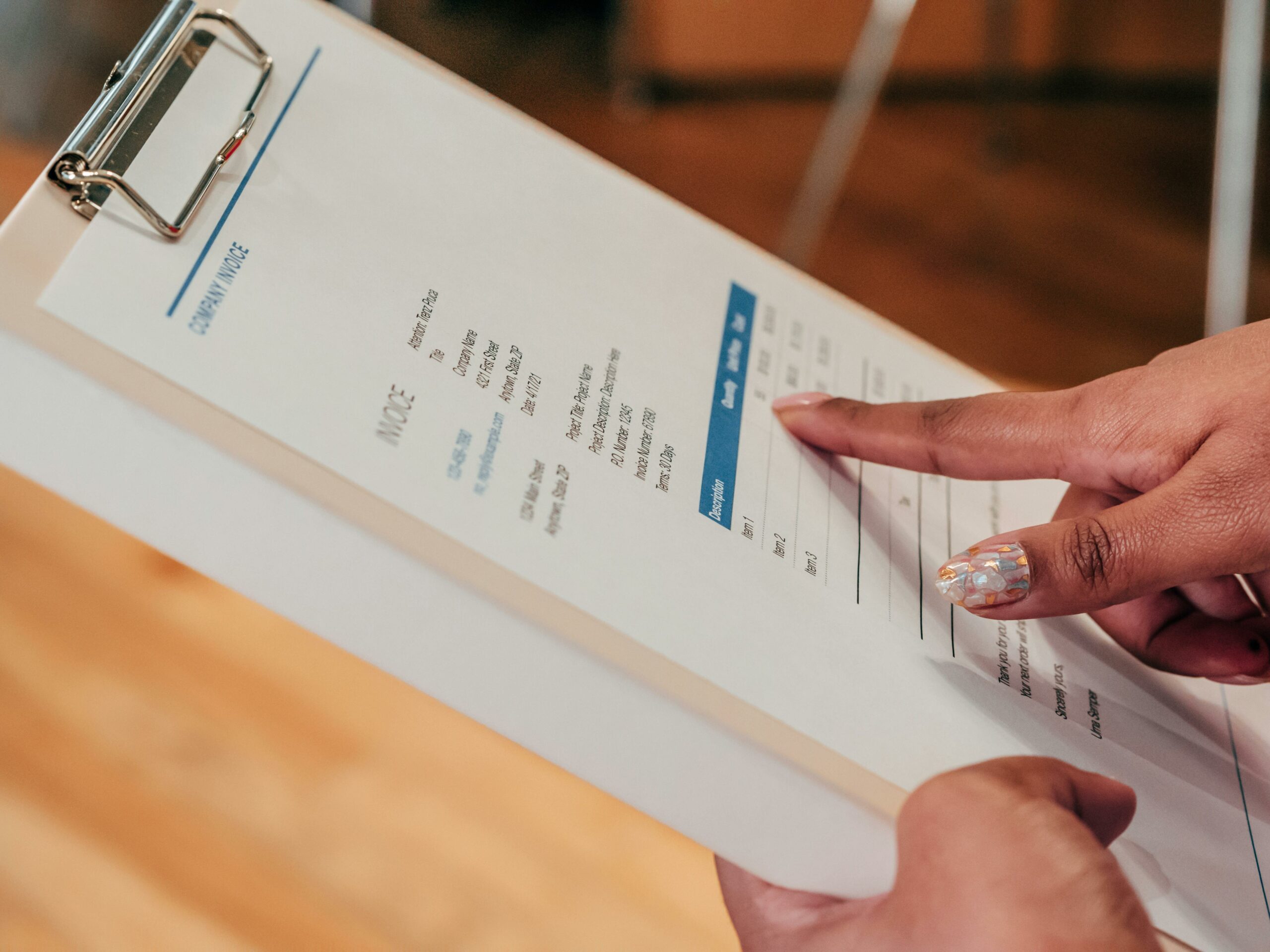
However, because invoices have a different layout and design depending on the issuer, buyers often find themselves humanly interpreting or “deciphering” the content. This causes considerable processing times and frequent errors, which both reduces business efficiency and increases costs. While some automation is possible using OCR (Optical Character Recognition) and AI technologies, these methods still require significant manual intervention.
Electronic Invoices
Electronic invoices—or e-invoices—are fundamentally different from traditional formats. Addressing “diversity in form and layout” as the the root cause of the invoicing effort, e-invoices strive to be uniform and harmonized. Unlike paper or PDF invoices, e-invoices are usually not easily “human-readable” because they are based on structured file formats where the content is divided into numerous text fields, sometimes encoded.
These invoices are designed for computer processing rather than for human interpretation.
E-invoices adhere to standards that specify where each piece of information is to be located within the document, ensuring consistency across different invoices and from different issuers.
This standardization allows for the automatic processing of e-invoices by both suppliers’ and buyers’ systems, significantly reducing costs and improving the reliability of invoicing processes.
The shift towards automated document processing began with Electronic Data Interchange (EDI) and has evolved in recent years towards XML-based formats.
Electronic Invoicing: File Formats
Electronic invoices are technically represented as files. Most formats consist of plain text written using the rules of a certain file format (or “syntax“) to allow for easy consumption by programs. Note that, in contrast, PDF is a binary, non-textual format which is not directly usable for automated interpretation other than for display on screen or printing on paper.
EDI Formats
EDI formats are hardly directly readable by humans, with viewer software available but typically designed for professionals, too. EDI formats have been used for decades across various industries to automate numerous processes, including supply chain management, order processing, payments, and invoicing.
Some common EDI invoice formats include:
EDIFACT INVOIC: an international standard primarily used in Europe that includes a specific message type for invoicing known as the INVOIC message. Popular versions of this message include EDIFACT INVOIC D96A, D01B, and D10A. EDIFACT stands for Electronic Data Interchange for Administration, Commerce, and Transport and was developed is maintained as UN/EDIFACT by the United Nations Economic Comission for Europe (UNECE).
X12 810: a standard more commonly used in North America, with the 810 message type specifically designated for invoicing. The X12 standard was developed by the American National Standards Institute (ANSI).
XML Formats
Modern e-invoicing increasingly relies on XML (Extensible Markup Language) invoices. The transition from traditional EDI formats to XML-based formats reflects a broader shift towards more flexible, interoperable, and user-friendly technologies. XML offers several advantages, including improved readability, flexibility, integration capabilities, data validation, and cost efficiency, making it the preferred choice for contemporary electronic invoicing systems.
Most XML invoices today are based on the UBL (Universal Business Language) standard created by OASIS (Organization for the Advancement of Structured Information Standards) or the CII (Cross Industry Invoice) standard developed by the UN/CEFACT (The United Nations Centre for Trade Facilitation and Electronic Business). Both standards define vast catalogs of information elements for business terms and how to express them using XML.
The European Norm (EN) 16931 established by the European Union can be implemented using either UBL or CII syntaxes. Many e-invoicing mandates in Europe and beyond require compliance with this norm.
While XML invoice formats are used globally, they are often segmented by country, and not all countries use UBL or CII XML, as many have defined their own XML structures. For example, Italy employs the FatturaPA format, Germany uses XRechnung, and Spain utilizes Facturae: all are based on XML but only XRechnung uses UBL and CII.
However, the UBL-based Peppol BIS standard, a cross-border standard used on the Peppol Network, is gaining significant traction both in Europe and internationally, helping to promote use of UBL and CII.
Electronic Invoicing: Communication Methods
Communication methods in e-invoicing refer to the various ways in which files containing invoices are transmitted between trading partners. These methods ensure that e-invoices are securely and efficiently exchanged.
E-invoices are frequently sent as attachments via e-mail, typically in PDF or image formats. Although this method is simple, it often lacks automation, requiring manual handling and data entry. This can lead to significant drawbacks, including increased processing time and costs, as well as a higher risk of manual errors.
Moreover, e-mail is inherently unsafe for transmitting sensitive financial information. Without encryption or secure channels, e-invoices sent via e-mail are vulnerable to interception and unauthorized access, potentially compromising the confidentiality and integrity of the data.
🔗 Traditional "EDI" Methods
Traditional methods for automating and securing the transfer of invoices between trading partners have been in use for decades:
X400
An outdated method, though still in use by many companies. It was originally developed as a precursor to e-mail for use over private networks before the internet became widespread.
It requires using dedicated service providers on the sender and receiver side for EDI invoice exchange, which can be costly and complex to integrate into internet-based infrastructure.
FTP, SFTP
The File Transfer Protocol is widely used across the web for transmitting files, including invoices, between computers. SFTP (Secure File Transfer Protocol) enhances FTP by encrypting data during transfer, adding a layer of security.
FTP is primarily aimed at upload and download of files from shared storage and requires to follow certain practical conventions to allow one-to-one transmission of files.
OFTP, OFTP2
“Odette” FTP is a file transfer protocol specifically designed by the automotive industry for secure and reliable data exchange between trading partners. Despite carrying “FTP” in its name, there is no technical relation to Internet FTP.
OFTP originally worked over private communication lines like X.25 and only OFTP2 added the option to use general internet connectivity for transmission, adding proper security features.
AS2, AS4
The AS2 (Applicability Statement) protocol, and its more recent version AS4, provide a secure and reliable method for exchanging business data over the internet, primarily intended for EDI transactions.
They require the use of certificates for sender and receiver authentication and send MDN (Message Disposition Notification) acknowledgements to confirm successful document delivery.
It’s important to note that while AS2 has been widely used for many years in EDI connections, AS4 is a more recent protocol that has become highly relevant today, serving as a key foundation for popular solutions like the Peppol network.
💻 Proprietary Approaches
More recently, some more proprietary approaches to file transmissions have emerged. On the one hand, these aim to simplify the complexities of general-purpose communications by narrowing on a given use case, selecting tailored and modern technologies. On the other hand, they tend to require specific coding or training to connect to an infrastructure. The approaches include:

APIs: Application Programming Interfaces serve as automated systems for exchanging data between software applications. They enable different systems to communicate by defining the structure for requests and responses. APIs allow trading partners to connect their systems and automate invoice transfers, without needing both parties to work on the automation project at the same time.
APIs typically employ modern internet technologies like HTTP/REST, JSON, XML and many others.

🌐 Modern Network Approaches
Modern approaches address two key issues with traditional EDI methods: the scalability problem of 1-to-1 connections and the need for simultaneous collaboration between trading partners to implement the e-invoicing project.

To address the significant challenges and cost of setting up and maintaining many bi-lateral connections, a multi-lateral network adds features to publish and consume standardized connection data. Based on modern bi-lateral methods like AS4, these networks allow for discovery of available services, download of current connection parameters and automated configuration of new connections. Likewise, new or updated connection data can be easily published instead of distributed individually on a case-by-case basis. To ensure trust and security, protocols and identity management need to be defined.
- The European Commission has created general-purpose Digital Building Blocks including eDelivery for use in business, administration and research.
- There are multiple industry-specific instances of such eDelivery networks e.g. in energy trading, customs controls and currently Freight Transport Information
- The Peppol network specifically implements such an eDelivery architecture for use in business transactions including e-invoicing on a global scale.
Beyond E-Invoicing: Other Documents Types
Invoices are just the tip of the iceberg in the complex world of business transactions. Far from appearing spontaneously, they represent the culmination of a sales cycle.
By the time an invoice reaches a customer’s inbox, a multitude of steps have already been completed: the customer has reviewed your offer, agreed on a price, and placed an order. They might also be waiting for delivery and will make payment once they receive the invoice.
Indeed, e-invoicing is part of a broader ecosystem of business document exchanges.
This ecosystem includes various other essential documents and processes, such as:
- Purchase Orders (POs): Sent by buyers to request goods or services, often leading to the creation of corresponding invoices.
- Payment Receipts: Issued by sellers to acknowledge receipt of payment from buyers.
- Credit Notes: Used to adjust or correct amounts on previously issued invoices, ensuring accurate financial records.
- Delivery Notes: Confirm the delivery of goods and often accompany invoices to provide proof of delivery.
These documents and many others (quotes & proposals, statements, order confirmations, etc.) are increasingly handled electronically, which improves the efficiency and accuracy of business transactions. For example, a purchase order can trigger the automatic creation of an invoice, which can be adjusted with a credit note if needed and followed by a payment receipt.
This interconnected system of electronic (“EDI”) documents streamlines the transaction process by automating and synchronizing workflows, reducing manual errors, and accelerating processing times.
Electronic Invoicing Software
E-invoicing software is essential for managing electronic invoices, facilitating their creation, sending, receipt, and processing. This software offers significant advantages, including reduced manual data entry, quicker payment cycles, and enhanced compliance.
However, e-invoicing software varies widely in terms of product scope, country coverage, target industries and company sizes. Here are some key types of e-invoicing software:
- Basic E-Invoicing Tools: These tools enable the creation and transmission of e-invoices but offer limited integration capabilities.
- Integrated ERP Systems: These comprehensive solutions include invoicing as part of a broader suite of business management tools, covering everything from inventory management to financial reporting.
- Cloud-Based and Specialized Platforms: Accessible from any location with an internet connection, these platforms often feature industry-specific solutions and compliance tools.
Choosing the right e-invoicing software is crucial for businesses to optimize their invoicing processes, improve accuracy, and maintain compliance with various regulatory standards.
Discover our sponsors' e-invoicing software:
What an E-Invoicing Project Looks Like
An e-invoicing project usually spans 6 to 18 months and involves three major phases:
1
Preparation and Planning
This phase involves evaluating current invoicing processes, identifying areas for improvement, and selecting a suitable e-invoicing solution. It also includes setting project goals, defining the scope, and gaining stakeholder approval.
2
Implementation and Integration
This stage focuses on integrating the e-invoicing system with existing accounting and ERP systems, training staff, and ensuring compliance with legal and regulatory requirements. Key activities include configuring the software, testing its functionality, and resolving any technical issues.
3
Deployment and Evaluation
This phase involves conducting trials to address any challenges, followed by the full rollout of the e-invoicing system across the organization. Continuous monitoring and evaluation are essential to ensure the system functions smoothly and meets the established objectives.
1
Preparation and Planning
This phase involves evaluating current invoicing processes, identifying areas for improvement, and selecting a suitable e-invoicing solution. It also includes setting project goals, defining the scope, and gaining stakeholder approval.
2
Implementation and Integration
This stage focuses on integrating the e-invoicing system with existing accounting and ERP systems, training staff, and ensuring compliance with legal and regulatory requirements. Key activities include configuring the software, testing its functionality, and resolving any technical issues.
3
Deployment and Evaluation
This phase involves conducting trials to address any challenges, followed by the full rollout of the e-invoicing system across the organization. Continuous monitoring and evaluation are essential to ensure the system functions smoothly and meets the established objectives.
Regulatory Context & Market Trends
E-Invoicing & E-Reporting Mandates
The adoption of e-invoicing is accelerating due to rising regulatory pressures and the need for greater efficiency, with governments worldwide mandating e-invoicing for B2B and B2G transactions. For example, Italy implemented a nationwide e-invoicing mandate in 2019, while France and Belgium are set to introduce B2B mandates by 2026, among other upcoming regulations.
Alongside this, e-reporting requirements are also becoming more prevalent, demanding businesses to electronically report transactional data to tax authorities in real-time or near-real-time. This shift aims to reduce tax evasion and streamline tax administration, driving a broader move toward digital transformation.
Together, these trends are driving companies to adopt global strategies, as e-invoicing requires addressing diverse regulatory and operational requirements across different countries.

End-to-End Automation

The Invoicing Hub Word
E-invoicing is a global trend driven both by competitiveness and by compliance needs.
E-Invoicing is reshaping the business transaction landscape by enhancing efficiency, accuracy, and compliance.
A thorough understanding of e-invoicing—encompassing formats, communication methods, related documents, and market trends—enables businesses to navigate this digital transformation effectively.
As regulatory requirements become more stringent, adopting e-invoicing is crucial not only for compliance but also for maintaining a competitive edge in a rapidly evolving market. Embracing e-invoicing now equips businesses with a more streamlined, efficient, and adaptable operation, positioning them to meet the future demands of the global business environment.
To stay on track and succeed in the e-invoicing landscape, leverage The Invoicing Hub’s resources:
- Stay informed by reading our news and exploring our country profiles for the latest e-invoicing regulations and compliance requirements
- Browse our ecosystem lists and our sponsors to find the e-invoicing solution that best fits your needs
- Discover our consulting services to get expert assistance in training, consulting, or strategic planning
Get your Project Implemented
Gold Sponsor
Advertisement
Webinar – Belgium’s E-Invoicing Shift Is Coming: Are You Ready?
KSeF 2.0 and FA(3) finalized: time for businesses to start implementation
Start of voluntary e-reporting in Singapore
Webinar — France’s E-Invoicing Revolution: are you ready for the compliance storm?
Webinar – Cracking the Code of Germany’s E-Invoicing Mandate
The Invoicing Hub
experts can help you
Strategy, Guidance, Training, …

